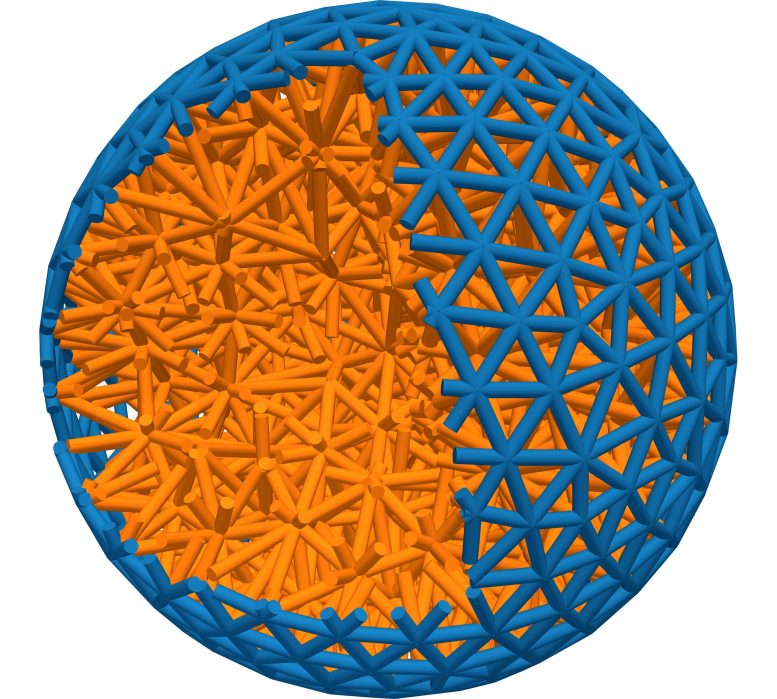However, new research, led by the University of Massachusetts Amherst and published recently in Science Advances, upends that old theory. It wasn't dropping temperatures that helped drive the Norse from Greenland, but drought.
When the Norse settled in Greenland on what they called the Eastern Settlement in 985, they thrived by clearing the land of shrubs and planting grass as pasture for their livestock. The population of the Eastern Settlement peaked at around 2,000 inhabitants, but collapsed fairly quickly about 400 years later.
When the Norse settled in Greenland on what they called the Eastern Settlement in 985, they thrived by clearing the land of shrubs and planting grass as pasture for their livestock. The population of the Eastern Settlement peaked at around 2,000 inhabitants, but collapsed fairly quickly about 400 years later.
For decades, anthropologists, historians and scientists have thought the Eastern Settlement's demise was due to the onset of the Little Ice Age, a period of exceptionally cold weather, particularly in the North Atlantic, that made agricultural life in Greenland untenable.
However, as Raymond Bradley, University Distinguished Professor of geosciences at UMass Amherst and one of the paper's co- author, points out, "before this study, there was no data from the actual site of the Viking settlements. And that's a problem."
However, as Raymond Bradley, University Distinguished Professor of geosciences at UMass Amherst and one of the paper's co- author, points out, "before this study, there was no data from the actual site of the Viking settlements. And that's a problem."
Instead, the ice core data that previous studies had used to reconstruct historical temperatures in Greenland was taken from a location that was over 1,000 kilometers to the north and over 2,000 meters higher in elevation. "We wanted to study how climate had varied close to the Norse farms themselves," says Bradley. And when they did, the results were surprising. READ MORE...



